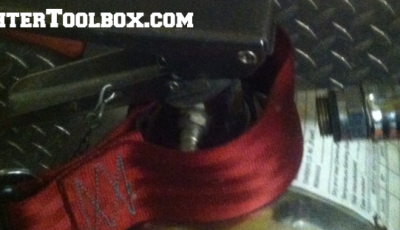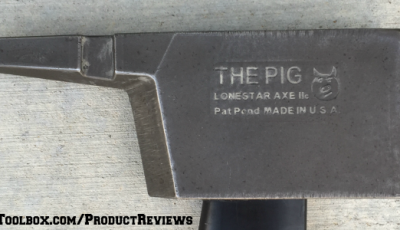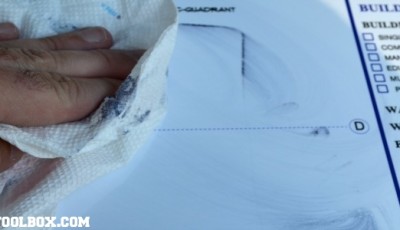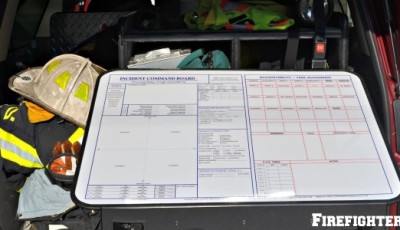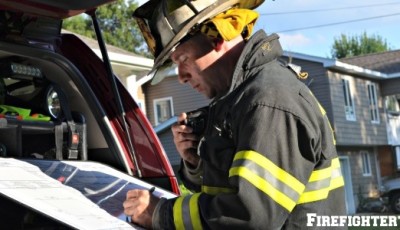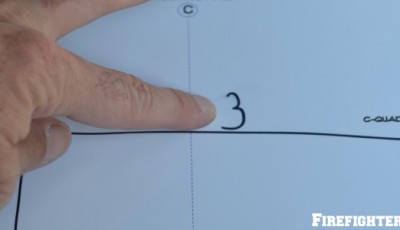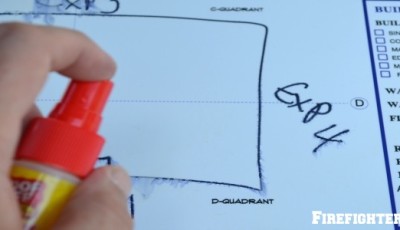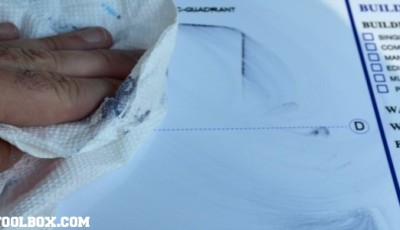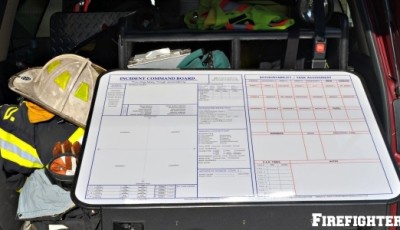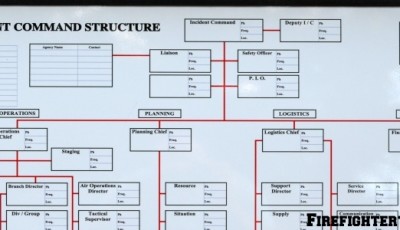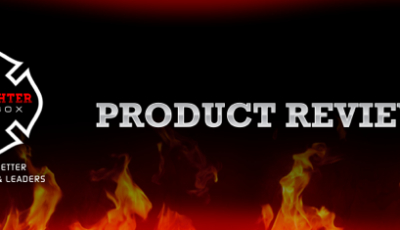3 Reasons Why Having A Rear Mounted Pump Panel is Dangerous
A trend in apparatus design in recent years, has been placing the pump panel and hoses all at the rear of the fire apparatus. This is a terrible idea.
For years, being struck by a vehicle is one of the top reasons firefighters are injured or killed on a fire ground. We are taught to position the apparatus to protect firefighters and the scene being worked on. This is especially important on highway incidents. Chevrons and improved light packages can only warn on-coming drivers of the parked apparatus, however, it is positioning the apparatus correctly that genuinely protects us.
Reason # 1
Car fires, as an example, are more common than house fires. If the pump operator is working at the rear of the engine, he or she would be exposed to on-coming vehicles in the most dangerous location of the scene. Today’s drivers are more distracted than ever and the elements of a car fire scene only add to the potential of a crash. To compound that situation, if the apparatus were struck at the rear, all of the hoses and pump would be out of commission.
Reason # 2
In the case of a house fire, the lack of protection at the rear of the apparatus endangers the pump operator. Until the roadway in front of the house is controlled, it is a danger zone with a lot at risk.
Reason # 3
Lastly, more so for convenience. The electronic pump engagement in the cab is as far
from the other work station for the pump operator as possible. In the case of pump failure or troubleshooting, the extra steps (albeit only a few) adds time to the operation.
What About Side Mounted Pump Panels?
Some may argue that the same danger exists for side-mounted panels. However fire scenes that have personnel working around the apparatus allow for scene positioning to protect the pump panel area better than the rear can be protected at any scene. Pitching the front of the apparatus so that the pump panel is on the fire side affords protection and visibility. The downside is if the house fire is on the off-side of the apparatus. But in my opinion, it’s better to have the pump operator protected and have to move to the rear on occasion to view the fire scene, than always at the rear and potentially unprotected.
Looking for more articles about Firefighter equipment? Check out 3 Essential Tips For Partner Saw Readiness. Or our review of the F.R.O.S.T. Axe.
Leave your thoughts and feedback in the comments section below.

